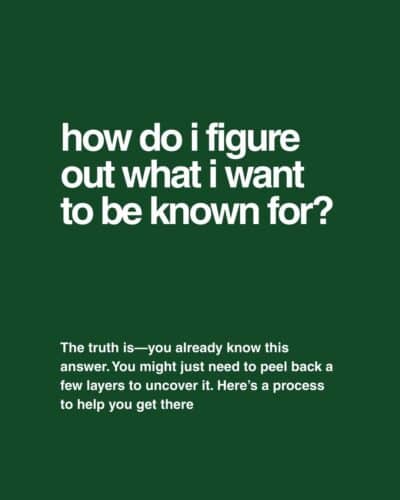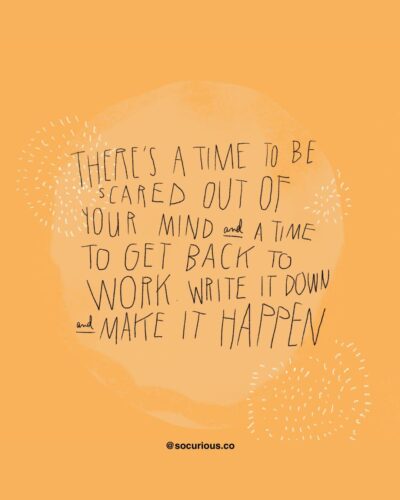
What is an NFT?
Simply put, an NFT is a collectible digital asset traded over the internet. Think of it as a digital trading card.
NFT stands for non-fungible token.
And yes, fungible is a gross word. But essentially it means that the digital asset you’ve purchased is verifiably one of a kind. Artists can release their work, without the fear of being counterfeited and there’s proof you own it.
An NFT can be anything digital, including: music, digital art, videos, even memes or tweets.
But what makes them special is that an NFT can include an embedded contract that has value in the real world or some other type of utility.

What is NFT utility?
Your digital asset can be much more than just a pretty JPG, a song, or a video.
It can also have utility outside of just owning the piece of art. This includes access or perks and can be an awesome way to increase the usefulness of an NFT.
For example, your NFT could include membership in a community.
It could mean access to an event.
It could even mean getting a piece of artwork or memorabilia delivered directly to you in real life.

What is cryptocurrency?
You buy an NFT on a digital marketplace using cryptocurrency. This process is called minting.
There’s a lot to unpack here.
Cryptocurrency is a digital currency that is secured by cryptography, which makes it nearly impossible to counterfeit or double-spend.
Most cryptocurrencies are created using decentralized networks based on the blockchain.
The major players in cryptocurrency are Bitcoin, Ethereum, and Solana.

What is Bitcoin?
Founded in 2009, Bitcoin is the original cryptocurrency. It runs on the blockchain, or a set of connected “blocks” of data in a “chain” across an enormous interconnected ledger.
Additions to this distributed ledger must be verified by computers solving cryptographic puzzles. This process, called proof of work, makes the coin secure and safe from fraud.
What is Ethereum?
Similar to Bitcoin, Ethereum is an open-source blockchain that enables a secure digital ledger. Conceived in 2013, this cryptocurrency and blockchain also has the capacity to use smart contracts.
What is a Smart Contract?
A smart contract is an agreement between two people, that’s executed in the form of a computer code built inside the blockchain.
Here’s an example of a smart contract that greatly benefits artists that create NFTs.
When you buy a physical piece of art from an artist they make a set amount of money from that purchase.
If over the course of their career that artist becomes more famous, you can decide to sell that artwork and maintain the full amount of the sale and the artist would get nothing.
Smart contracts allow artists to add code to their NFT, which gives them a small percentage of the sale of their art. This allows them to continue to earn from their original intellectual property.
The problem with the blockchain
There’s growing controversy around NFTs because cryptocurrencies like Ethereum are bad for the environment. Using computers to solve cryptographic puzzles (also known as data mining) is incredibly energy inefficient and increases carbon emissions.
As a result, Ethereum uses almost as much electricity as the entire country of Libya.
But not all blockchains are bad for the environment.
What is Solana?
Solana is a blockchain and cryptocurrency that uses smart contracts similar to Ethereum. What makes it different is that it uses a hybrid proof-of-stake and proof-of-history mechanism that helps it to process transactions quickly and securely.
Instead of depending on energy-intensive mining that can negatively affect the environment, Solana is more environmentally friendly.

Let’s recap what we learned:
I think the reason why NFTs can be so confusing is that there is so much vocabulary. So let’s do a rundown of all the things you learned:
- NFT stands for non-fungible token.
- An NFT can be anything digital, including: music, digital art, videos, even memes or tweets.
- NFTs can have utility outside of just owning the piece of digital art. This usefulness is executed using smart contracts.
- You buy NFTs using cryptocurrency.
- Cryptocurrency is a digital currency that is secured by cryptography, which makes it nearly impossible to counterfeit or double-spend.
- The most popular types of cryptocurrency are Bitcoin, Ethereum and Solana.
- While some cryptocurrencies are bad for the environment, Solana has emerged as the “green” alternative that is better for the environment.
Please note: We are navigating a whole new world. This article was based on months of research, reading articles, watching videos, and listening to podcasts. Here are a few additional sources for continued reading, so you can learn more about NFTs.
NFTs explained | 5 Examples of Blockchain Smart Contracts | Ethereum Energy Consumption | Is Solana Coin Ecofriendly?



